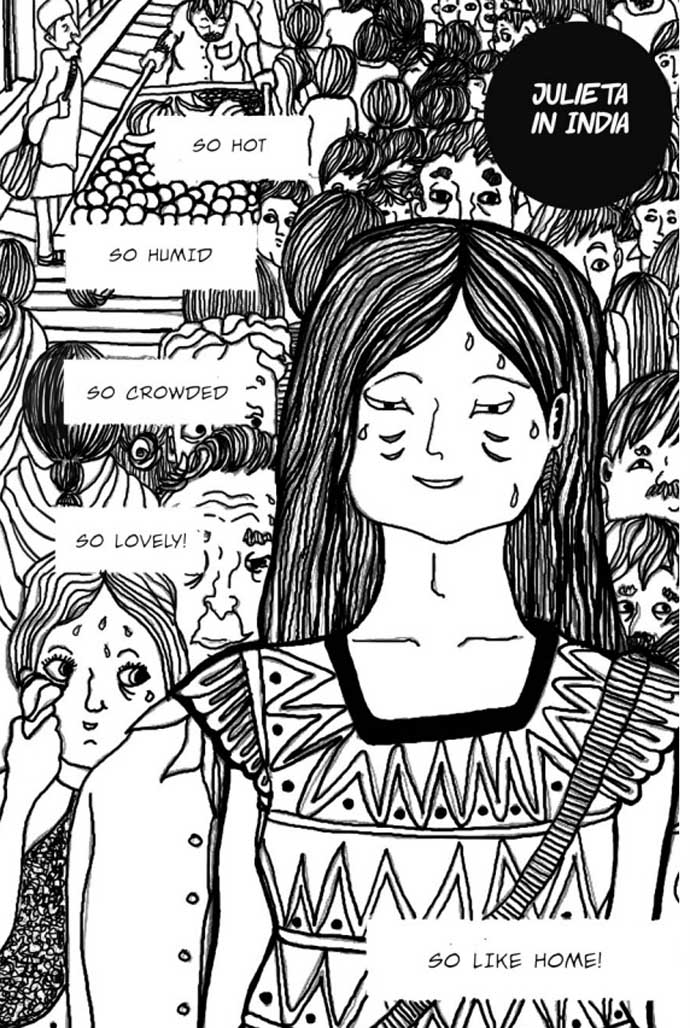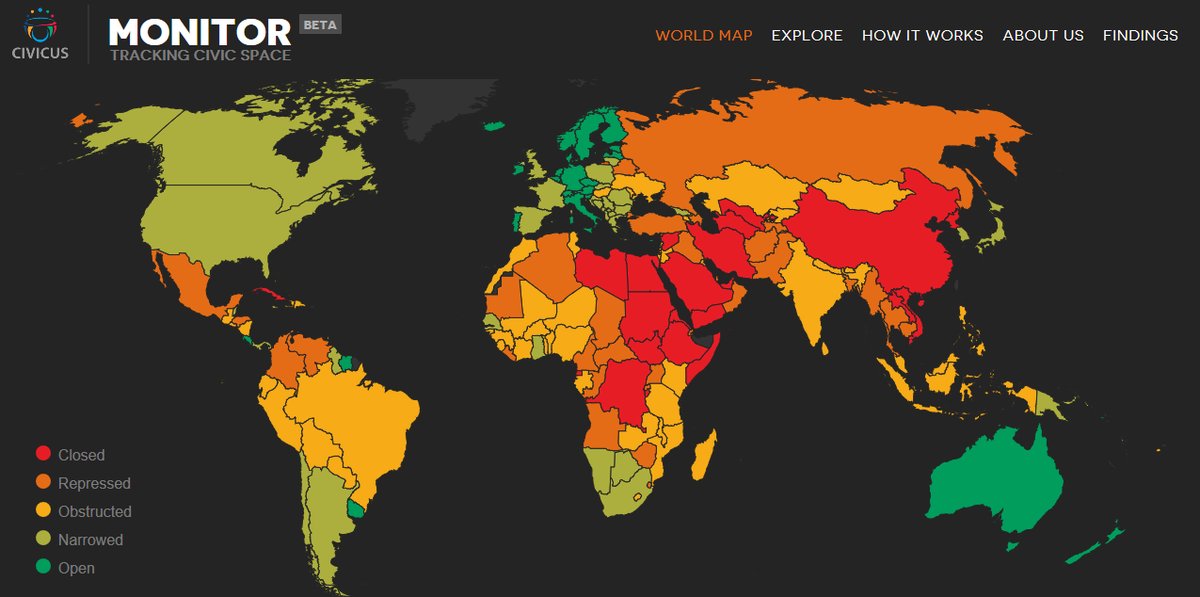What we’re reading
1. The diverging paths of two young foretell the fate of a tribe in India
In this essay, Raghu Karnad tells us the story of two young women from the Dongria tribe in Odisha, and while doing so, makes us question the dominant narrative of development in India.

Left: Kuni Sikaka | Photo courtesy: Raghu Karnad Right: Purnima (born Pukutti) | Photo courtesy: Arko Datto
Karnad remains neutral in his writing, allowing you to form your own opinion based on the stories he shares. For us, this resulted in more than a few questions – Are we force-fitting our ideas of ‘opportunity’ on the communities we work with? Is assimilation the price we make them pay in the name of ‘moving forward’? Is it worth it?
Take some time out to read this piece. And if you have thoughts about it, we’d love to hear them.
2. A collection of graphic narratives

First Hand—Volume I is an anthology of Indian non-fiction narratives (the first of its kind in India) that uses graphics and text to tell stories. The volume, edited by Orijit Sen and Vidyun Sabhaney, features works by independent writers, artists, researchers, anthropologists, and filmmakers. The book comments on contemporary issues through reportage, documentary, biography, among others.
The stories range from a dark, textless sequential art piece on the murder of an RTI applicant, to a comical narrative on the colonial history of alcohol in India. The pieces all tell stories of Indian realities, but in a vivid, visual manner.
Related article: IDR Select: On our radar this August
What we’re following
1. The seen and the unseen
A weekly podcast by author and blogger Amit Varma, The Seen and The Unseen covers issues that matter—to our country, and more specifically, to the development sector. The style and format that the podcast follows is engaging, thoughtful, and most importantly, easy on the ears.
From the state of our farmers, to growing up gay in a deeply homophobic country, to the rise of protectionism, and understanding the repercussions of caste, Amit interviews people who are both, subject matter experts, and able to explain very complex issues in a simple manner.
2. Tracking civic space across the globe
Want to familiarise yourself with the state of another country’s civil society? Whether it’s out of curiosity or compulsion—this tool equips you with reliable, up-to-date data from around the globe.
The CIVICUS Monitor is an interactive research tool that tracks and shares reliable, up-to-date information on the state of civil society in 195 countries.

It triangulates data and analysis from independent sources on an ongoing basis and uses this to assess the state of civil society and citizen activism across the world.
Use this resource to learn more about the ways in which our right to participate is being realised or challenged, and follow @CIVICUSMonitor on Twitter for live updates from civil society around the world.
3. Who should decide what the ‘best’ outcome is?
Does conventional aid (giving people livestock, toilets, medicine, job training, textbooks, etc) have as much impact as simple cash transfers?
USAID, in partnership with Google, Give Directly and other organisations conducted an A/B test of sorts to gauge exactly this; and the results are now coming in.
Independent economists conducted trials and released their findings mid-September—from the communities studied, injections of cash resulted in more positive outcomes than other conventional development projects. Cash is scalable, has no overheads, and the worries that cash transfers breed dependency and substance abuse are unsubstantiated.
However, the bigger learning that emerged was that cash transfers could be used as an index, a universal benchmark of sorts for evaluative interventions. Using this as a basis for comparison, donors should reconsider their interventions if they aren’t more effective than these basic cash transfers. This endeavour also begs the question: who are we to decide what a community’s most pressing needs are?





